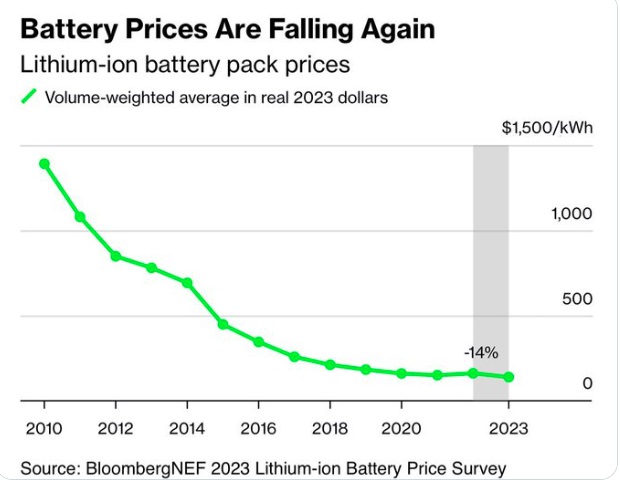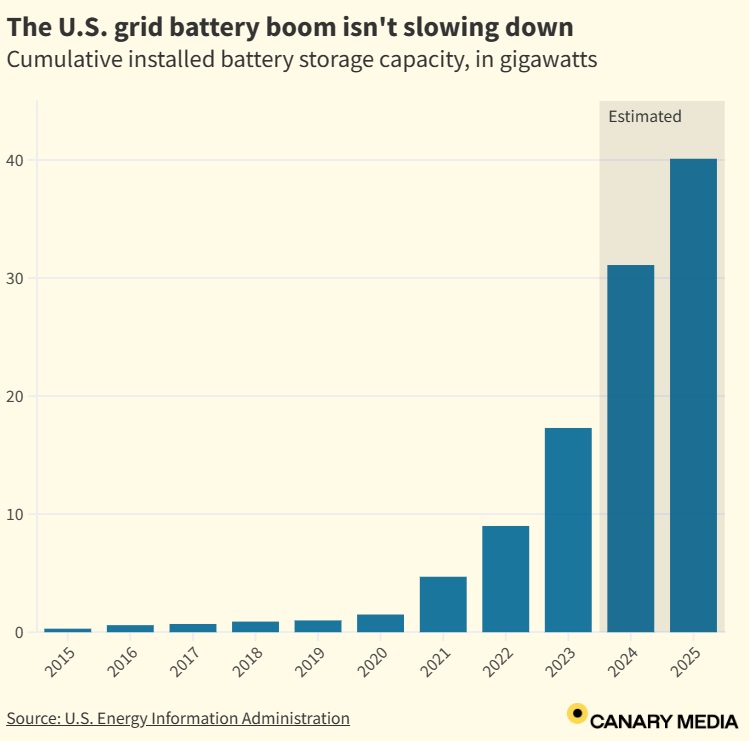Too often reputation is more important than substance. A corollary in art is that too often important substance blinds us to mediocrity. This is all to say that the movie Killers of the Flower Moon, which we finally got around to watching last weekend, is a mess. And yet it has a critics score of 93 percent on Rotten Tomatoes (audiences are slightly more sage, giving it 84%). Scorsese is one of our great film makers but this is perhaps his worst movie. The destruction of indigenous people in America (and elsewhere) is an important issue but it’s told badly in Killers.
The story is told through the relationship of Leonardo DiCaprio’s character and Lily Gladstone’s, an American and an Osage. What’s Love Got to Do With It, Tina Turner should sing at artists determined to insert love into every story. We suppose Scorsese is using the relationship as a metaphor for how whites treated indigenous people but by framing the movie this way, we don’t get to know the Osage very well. The movie focuses on Leonardo and other white characters far more than on the Osage. This diminishes the impact of the murders when we spend such little time with the murdered. They are abstract concepts rather than people we know. In a three hour and thirty minute movie (plus another ten minutes of credits–do we really need to know the name of the second assistant to the fourth janitor?), time would have been far better spent getting to know and understanding the Osage as living, breathing people.
We do spend time with Gladstone’s character but for much of the movie she is sick and so her character is mostly a cipher even when she is onscreen. We have no idea why Gladstone is winning so many awards. Nearly any actor with some makeup could lie inert on their sickbed with a passive face expressing nothing. It speaks badly of the taste makers that Killers is regarded so highly and Gladstone awarded so lavishly. This is all to say that Killer’s is no Please Hold and we risk our reputation to bring three substantive stories of the rise of batteries, where Starbucks roams and how China is innovative. It’s this week’s International Need to Know, like Jordan Love, throwing darts of international information and perfect spirals of global data.
Without further ado, here’s what you need to know.
Battery Power
Yes this is International Need to Know not United States Need to Know but: a) not enough people know about the following; and b) it will have a profound effect on the world and a similar phenomenon is occurring in many countries. One of the rejoinders we hear from people when we point out the incredible growth of solar power is that it doesn’t work at night, or when it’s cloudy, or generally that it will be unreliable. But in tandem with solar’s rapid growth huge strides are being made in battery storage. As you can see in the first graph below, battery prices have plummeted 90 percent since 2010, and fell 14 percent from 2022 to 2023. Second, and perhaps somewhat consequently, there has been a huge increase in battery storage capacity connected to the grid. Canary Media reports that battery storage capacity doubled from 2022 to 2023. And it notes that “This is happening because batteries have proven themselves useful at shifting electricity supply from times of surplus to times of scarcity, in order to deliver capacity at crucial hours of peak demand.” We’ll note that despite cold temperatures this week, Texas thus far is not having blackouts like a few years ago—that’s because of increased wind and solar generation and increased storage added to the grid.
Where Starbucks Roams
We live in Seattle, where Starbucks Coffee was founded and is still headquartered. Starbucks dots the Seattle area like the abundance of sugar one finds on a Starbucks scone (Fisher scones are, to be exact, six million times better than the lumps of sweet dough Starbucks serves). And indeed the United States is home to more than 16,000 Starbucks, providing enough caffeine and fat to feed an obese and highly wired army. But which countries after the U.S. are home to the most Starbucks? Visual Capitalist scanned Starbucks most recent annual report, probably while drinking a double chocolaty chip crème Frappuccino*, and created the list below. Unsurprisingly, China is second with nearly 7000 stores (Starbucks must hope Xi Jinping doesn’t suddenly deem Luckin Coffee a strategic priority), followed by South Korea, Japan and Canada. Basically Asia is a huge market for Starbucks. We just hope when Seattle gets another NBA team it’s not suddenly moved to the Oklahoma City of Asia.
*What the hell is wrong with you people?
China Corner: Why Is China Innovative
Despite all of its challenges, China has one of the most technology advanced economies in the world, capable of creating innovations far more than other countries. It’s a leader in AI, clean energy, quantum computing and a variety of other industries. Yes, China still steals intellectual property but for at least a decade it’s been creating plenty of its own. China accomplishes this even though as Yasheng Huang points out in his recent book, The Rise and Fall of the East, it is still an upper middle income country (defined by the World Bank as having between $4.256 and $13,205 GDP per capita). China is not an upper income country like the U.S., Japan, Germany and other traditionally innovative countries. There are 62 upper middle income countries in the world. If we look at a selection of these upper middle income countries (see below), China is the clearly the technological and innovation leader. Why? How? Huang asserts one of the big reasons for this is scale. China is so large and can throw so many talented people at technological challenges and opportunities (China graduates more than 3 times more students from college and develops far more PhDs in the sciences than the U.S.) that it can accomplish things that smaller countries can’t. So even though, as we correctly wrote over two years ago, China will not have high GDP growth going forward, it will still be an important economy, one that continues to shape our world.





